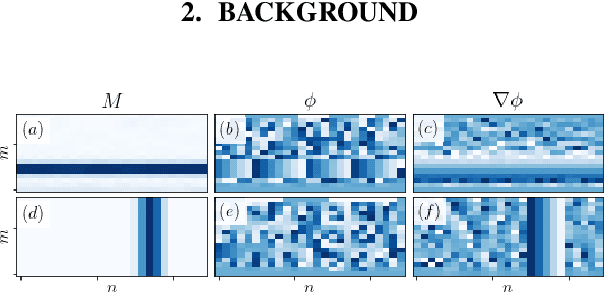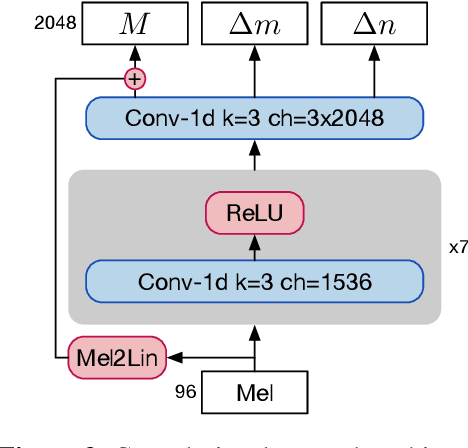Mel Spectrogram Inversion with Stable Pitch
Paper and Code
Aug 26, 2022



Vocoders are models capable of transforming a low-dimensional spectral representation of an audio signal, typically the mel spectrogram, to a waveform. Modern speech generation pipelines use a vocoder as their final component. Recent vocoder models developed for speech achieve a high degree of realism, such that it is natural to wonder how they would perform on music signals. Compared to speech, the heterogeneity and structure of the musical sound texture offers new challenges. In this work we focus on one specific artifact that some vocoder models designed for speech tend to exhibit when applied to music: the perceived instability of pitch when synthesizing sustained notes. We argue that the characteristic sound of this artifact is due to the lack of horizontal phase coherence, which is often the result of using a time-domain target space with a model that is invariant to time-shifts, such as a convolutional neural network. We propose a new vocoder model that is specifically designed for music. Key to improving the pitch stability is the choice of a shift-invariant target space that consists of the magnitude spectrum and the phase gradient. We discuss the reasons that inspired us to re-formulate the vocoder task, outline a working example, and evaluate it on musical signals. Our method results in 60% and 10% improved reconstruction of sustained notes and chords with respect to existing models, using a novel harmonic error metric.
 Add to Chrome
Add to Chrome Add to Firefox
Add to Firefox Add to Edge
Add to Edge